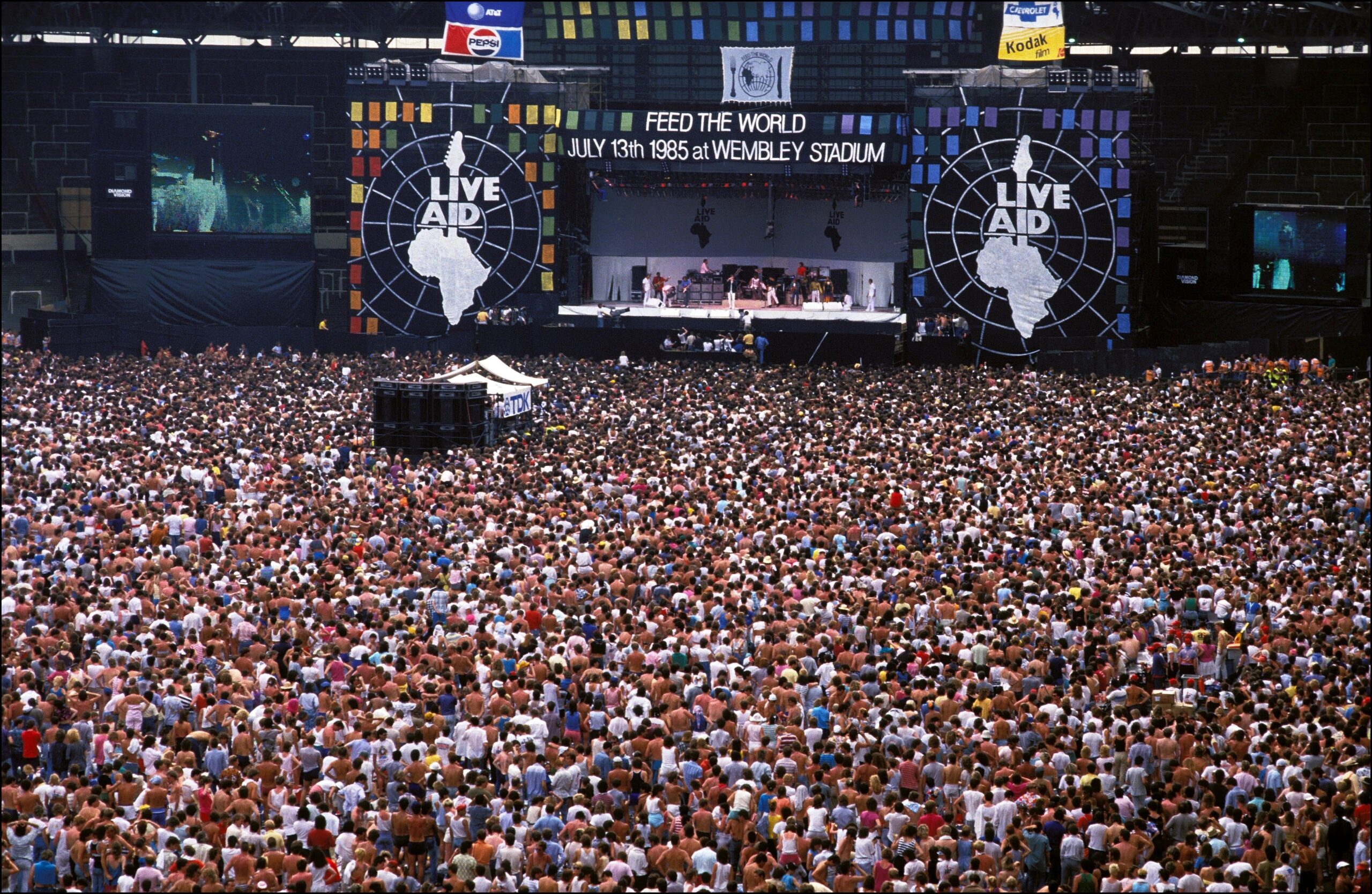A Unifying Force in Troubling Times
In an era marked by political divide and social unrest, it is worth reflecting on the unprecedented power of music to unite. The Live Aid concerts of 1985 not only revolutionized the way we think about charitable giving but also demonstrated how collective passion for music can respond to urgent global crises. The event, organized by Bob Geldof and Midge Ure in response to the Ethiopian famine, raised over $125 million and engaged millions of people worldwide in a commitment to humanitarian relief.
Music as a Catalyst for Change
Fast forward to today, and the impact of Live Aid is still felt. Concerts and musical events designed to raise funds for global challenges continue to echo its influence. The phrase “We are the world” resonates beyond the 1985 hit song; it encapsulates a movement reflecting the shared human experience. Music transcends boundaries, and in moments of distress, artists wield it as a megaphone for change. As singer Ellie Goulding recently stated, “Music has the unique ability to bridge cultures and tell stories that touch the heart. It’s not just entertainment; it has the power to inspire action.”
The Digital Era: New Challenges and Opportunities
In recent years, social media has taken the Live Aid legacy of global outreach to new heights. Today’s digital landscape allows for spontaneous, unfettered mobilizations that can raise millions in hours. The emergence of platforms like Instagram and TikTok means performers can rally support instantly, often generating excitement and engagement that would have taken months to achieve in the ’80s.
Statistics point to a growing trend: charity livestreams, such as those for disaster relief, have become commonplace. Events like “Games Done Quick,” which gather gamers together online for charity donation marathons, raised over $3 million for various causes in just one week this past summer. The trend showcases a modern evolution of the Live Aid spirit, illustrating how the core idea persists.
Public Sentiment and a Call to Action
Yet, as with all movements, challenges arise. Social media can amplify messages, but it can also lead to performative activism, where individuals feel more inclined to share a post than take substantive action. Public sentiment has increasingly shifted towards skepticism concerning transparency in charitable organizations. According to a recent survey, 68% of individuals aged 18-34 are more likely to contribute to charities with clear accountability and transparent reporting.
Nevertheless, the public still yearns for connection and purpose, especially as societal divides seem insurmountable at times. Whether attending a concert or participating in an online charity campaign, there remains a universal desire to contribute to something greater—one that speaks to the essence of Live Aid.
A Future Inspired by the Past
As we look to the future, the challenge remains: how can we harness this legacy of unity and foster an enduring spirit of collective action? Can we leverage technology without losing the authenticity that drove movements like Live Aid? Ultimately, what’s crucial is not just the financial contributions, but the stories—human experiences and empathy that compel us to act.
Live Aid taught us a lesson that continues to ripple through generations. Music can be a lifeline, a call to action, and a reminder of our shared humanity. As we face new global challenges, let us carry that torch forward, reminding ourselves that often, change begins with a single note.
